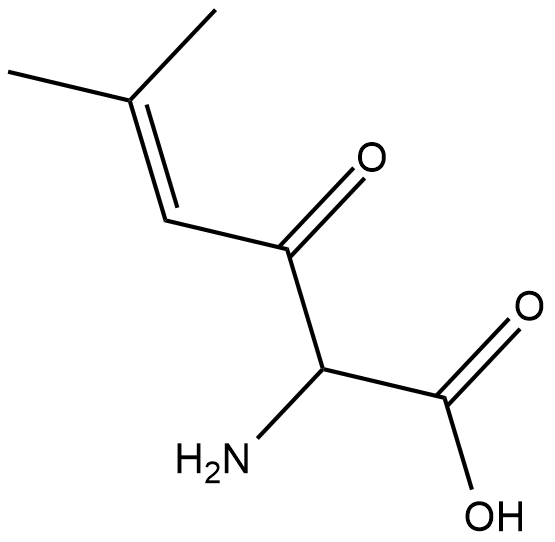Proteases
Proteases is a general term for a class of enzymes that hydrolyze protein peptide chains. According to the way they degrade polypeptides, they are divided into two categories: endopeptidases and telopeptidases. The former can cut the large molecular weight polypeptide chain from the middle to form prions and peptones with smaller molecular weights; the latter can be divided into carboxypeptidase and aminopeptidase, which respectively remove the peptide from the free carboxyl terminus or free amino terminus of the polypeptide one by one. Chain hydrolysis produces amino acids.
A general term for a class of enzymes that hydrolyze peptide bonds in proteins. According to the way they hydrolyze polypeptides, they can be divided into endopeptidases and exopeptidases. Endopeptidase cleaves the interior of the protein molecule to form smaller molecular weight peptones and peptones. Exopeptidase hydrolyzes peptide bonds one by one from the end of the free amino group or carboxyl group of protein molecules, and frees amino acids, the former is aminopeptidase and the latter is carboxypeptidase. Proteases can be classified into serine proteases, sulfhydryl proteases, metalloproteases and aspartic proteases according to their active centers and optimum pH. According to the optimum pH value of its reaction, it is divided into acidic protease, neutral protease and alkaline protease. The proteases used in industrial production are mainly endopeptidases.
Proteases are widely found in animal offal, plant stems and leaves, fruits and microorganisms. Microbial proteases are mainly produced by molds and bacteria, followed by yeast and actinomycetes.
Enzymes that catalyze the hydrolysis of proteins. There are many kinds, the important ones are pepsin, trypsin, cathepsin, papain and subtilisin. Proteases have strict selectivity for the reaction substrates they act on. A protease can only act on certain peptide bonds in protein molecules, such as the peptide bonds formed by the hydrolysis of basic amino acids catalyzed by trypsin. Proteases are widely distributed, mainly in the digestive tract of humans and animals, and are abundant in plants and microorganisms. Due to limited animal and plant resources, the industrial production of protease preparations is mainly prepared by fermentation of microorganisms such as Bacillus subtilis and Aspergillus terrestris.
Targets for Proteases
- Caspase(114)
- Aminopeptidase(24)
- ACE(74)
- Calpains(20)
- Carboxypeptidase(10)
- Cathepsin(81)
- DPP-4(31)
- Elastase(26)
- Gamma Secretase(67)
- HCV Protease(59)
- HSP(113)
- HIV Integrase(37)
- HIV Protease(47)
- MMP(228)
- NS3/4a protease(8)
- Serine Protease(18)
- Thrombin(58)
- Urokinase(4)
- Cysteine Protease(0)
- Other Proteases(18)
- Tyrosinases(47)
- 15-PGDH(1)
- Acetyl-CoA Carboxylase(13)
- Acyltransferase(59)
- Aldehyde Dehydrogenase (ALDH)(28)
- Aminoacyl-tRNA Synthetase(9)
- ATGL(1)
- Dipeptidyl Peptidase(56)
- Drug Metabolite(457)
- E1/E2/E3 Enzyme(90)
- Endogenous Metabolite(1636)
- FABP(30)
- Farnesyl Transferase(23)
- Glutaminase(14)
- Glutathione Peroxidase(14)
- Isocitrate Dehydrogenase (IDH)(28)
- Lactate Dehydrogenase(17)
- Lipoxygenase(234)
- Mitochondrial Metabolism(207)
- NEDD8-activating Enzyme(7)
- Neprilysin(12)
- PAI-1(13)
- Ser/Thr Protease(41)
- Tryptophan Hydroxylase(13)
- Xanthine Oxidase(18)
- MALT1(10)
- PCSK9(1)
Products for Proteases
- Cat.No. Product Name Information
-
GC31611
2-Phenylpropionic acid
2-Phenylpropionic acid is an intermediate in alpha-Methylstyrene metabolism.
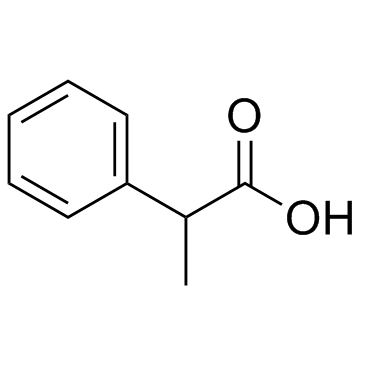
-
GC35095
2-Phospho-L-ascorbic acid trisodium salt
2-Phospho-L-ascorbic acid trisodium salt (2-Phospho-L-ascorbic acid trisodium) is a long-acting vitamin C derivative that can stimulate collagen formation and expression.
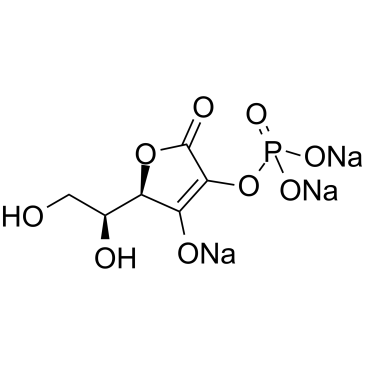
-
GC60486
2-Piperidone
2-Piperidone is an endogenous metabolite.
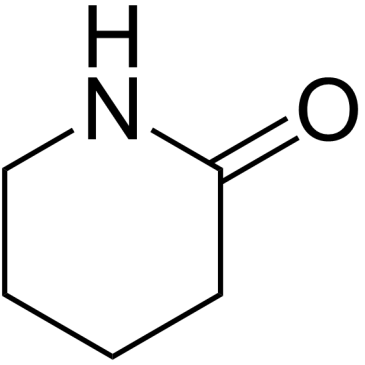
-
GC19539
2-Pyrrolidinone
2-Pyrrolidinone
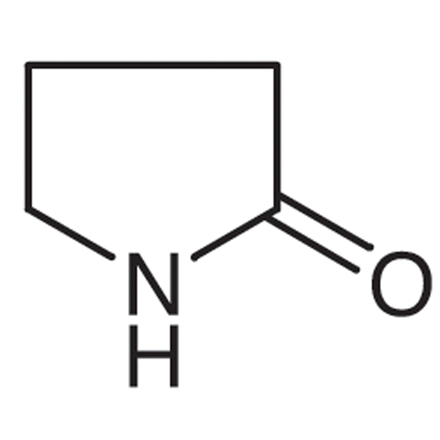
-
GC42193
2-Thenoyltrifluoroacetone
2-Thenoyltrifluoroacetone (TTFA) is an inhibitor of respiration in animals and bacteria.

-
GC60487
2-Thiophenecarboxaldehyde
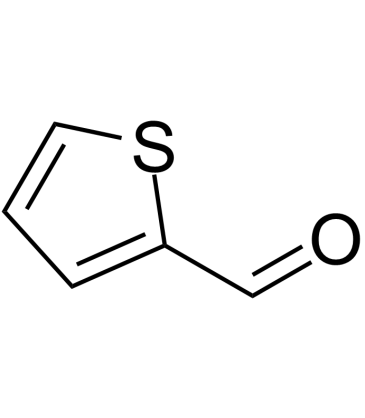
-
GC42082
20-carboxy Leukotriene B4
20-carboxy LTB4 is a metabolite of LTB4 in human neutrophils.

-
GC35075
20-HETE
A quantitative analytical standard guaranteed to meet MaxSpec® identity, purity, stability, and concentration specifications
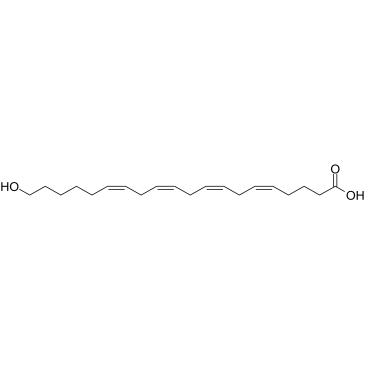
-
GC41421
20-hydroxy Leukotriene B4
20-hydroxy LTB4 is a metabolite of LTB4 in human neutrophils.

-
GC40968
21-hydroxy Eplerenone
21-hydroxy Eplerenone is a major metabolite of the mineralocorticoid receptor antagonist eplerenone.

-
GC33798
21-Hydroxypregnenolone
21-Hydroxypregnenolone is an essential intermediate in corticosterone synthesis.
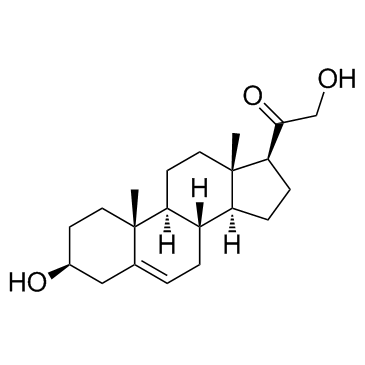
-
GC62767
23,25-Dihydroxy-24-oxovitamin D3
23,25-Dihydroxy-24-oxovitamin D3 is a major metabolite of 24(R),25-Dihydroxyvitamin D3.
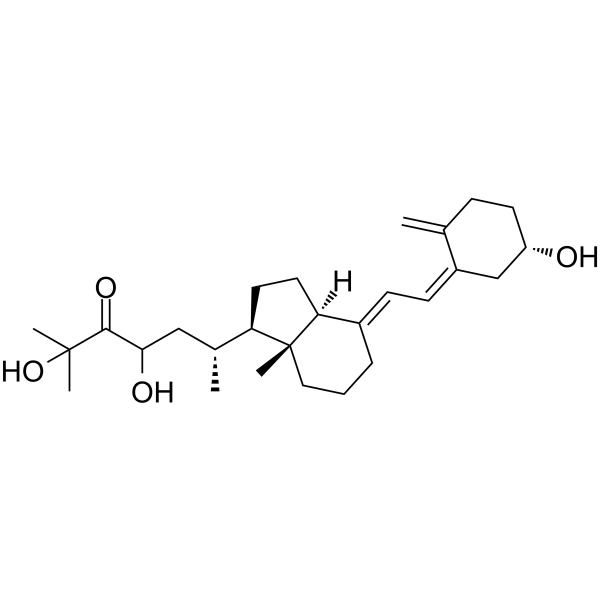
-
GC35079
24, 25-Dihydroxy VD2
24, 25-Dihydroxy VD2 is a hydroxylated metabolite of Vitamin D2; a synthetic analog of Vitamin D.
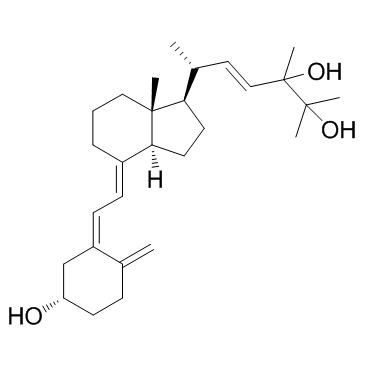
-
GC17566
24, 25-Dihydroxy VD3
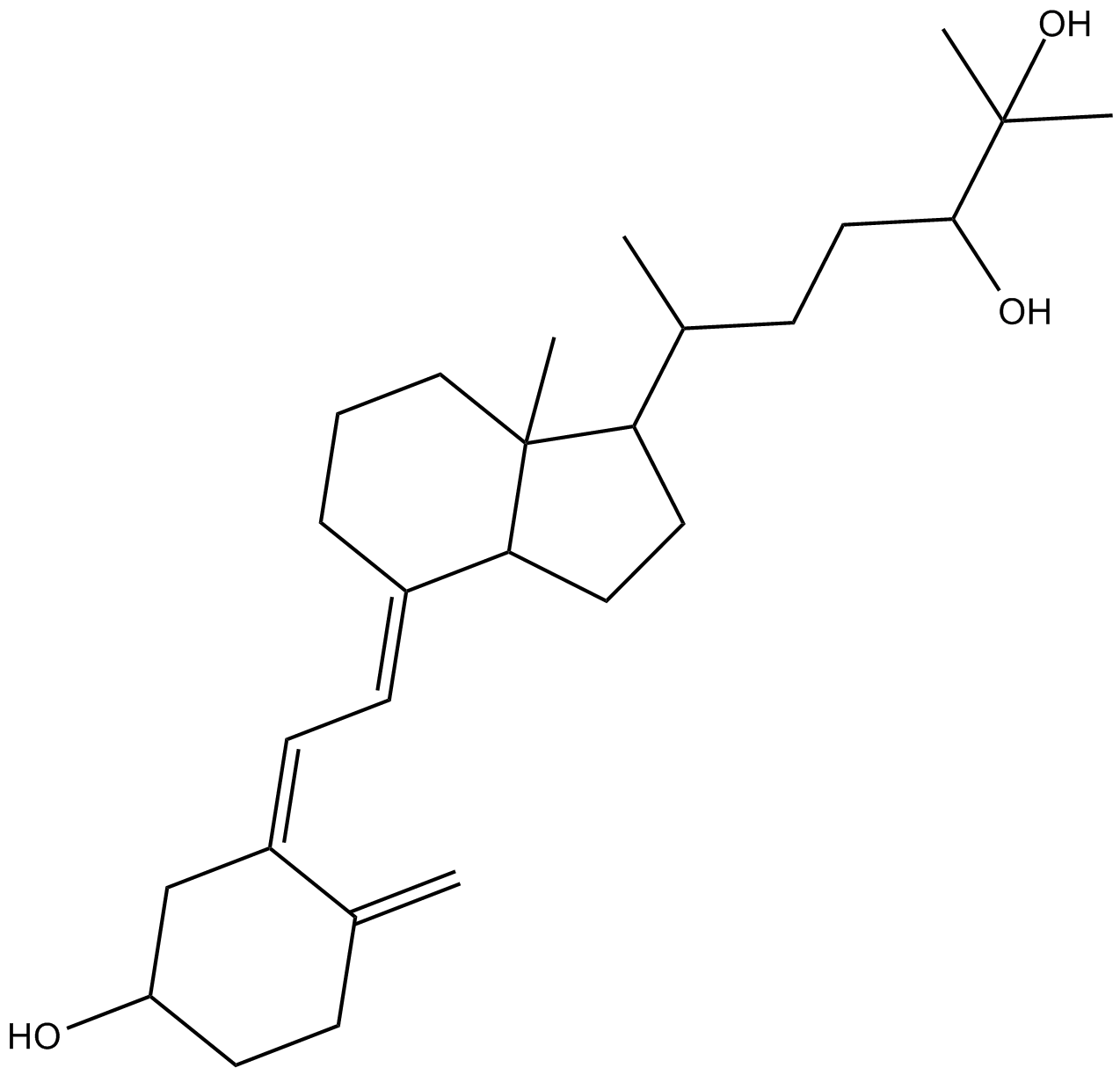
-
GC13887
25(R)-27-hydroxy Cholesterol
25(R)-27-hydroxy Cholesterol is a selective estrogen receptor modulator and an agonist of the liver X receptor.
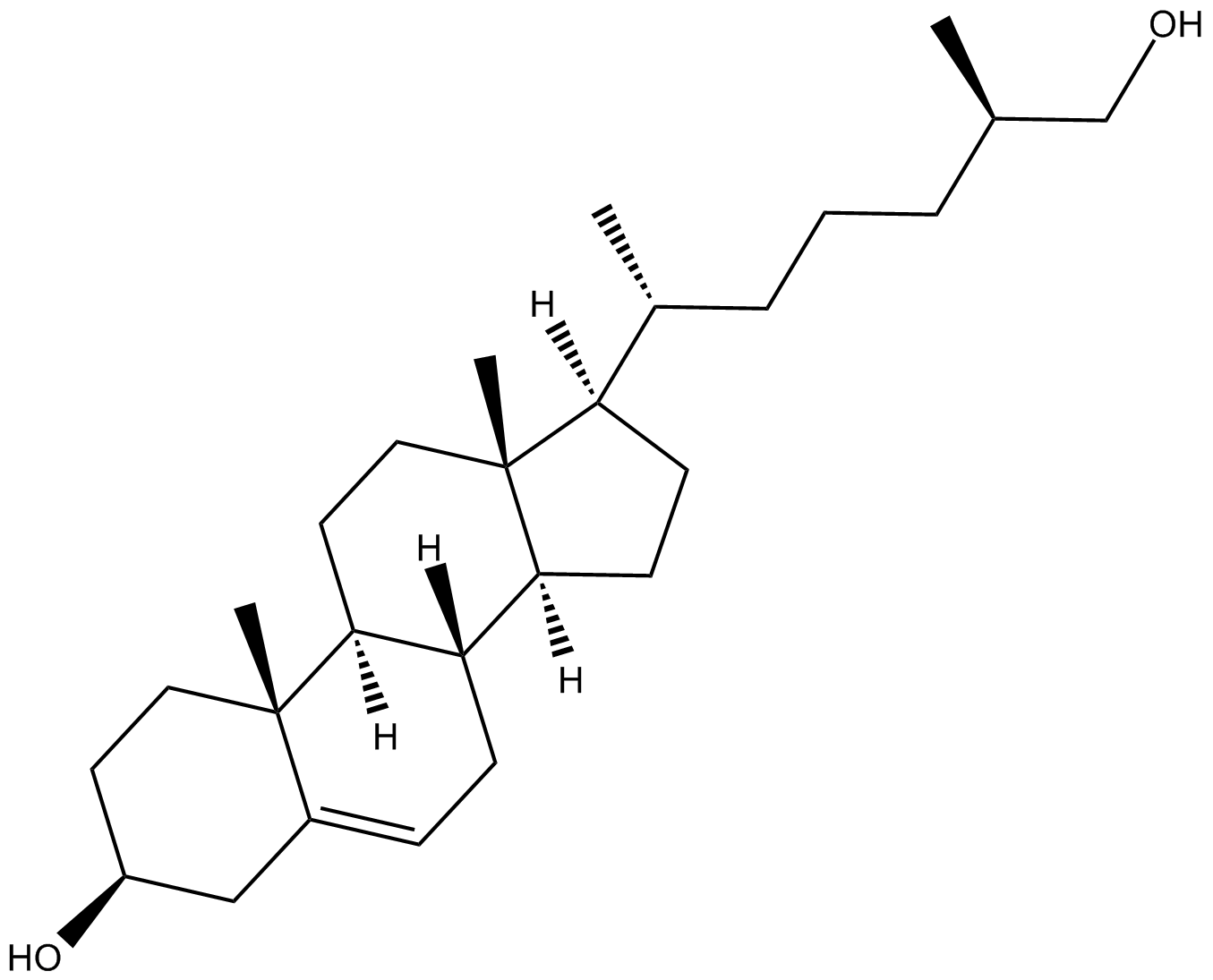
-
GC35081
25,26-Dihydroxyvitamin D3
25,26-Dihydroxyvitamin D3(25,26-dihydroxycholecalciferol) is a metabolite of vitamin D3 with intestinal calcium transport activity.
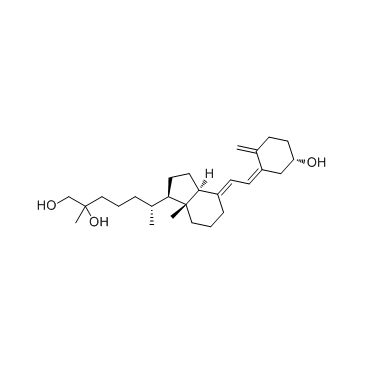
-
GC49365
25-Desacetyl Rifampicin
A major active metabolite of rifampicin

-
GC33860
25-Hydroxycholesterol
An oxysterol
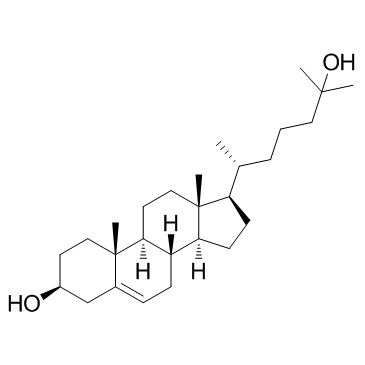
-
GC64985
3'-O-Methylguanosine
3'-O-Methylguanosine is a methylated nucleoside analogs and a RNA chain terminator.
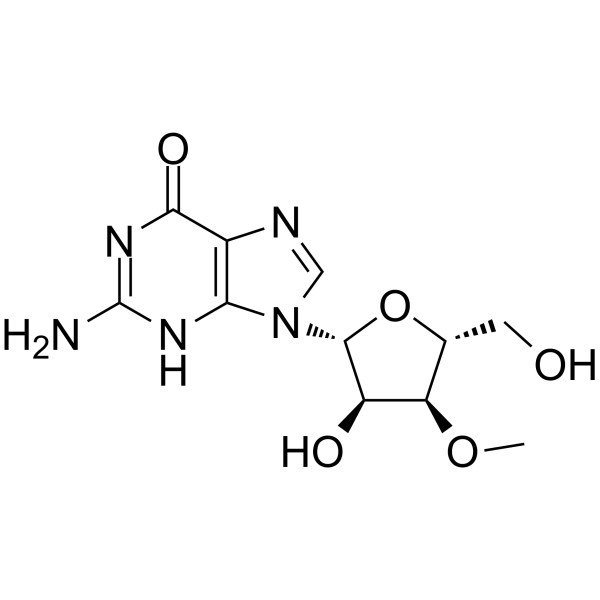
-
GC60493
3',4'-Dihydroxyacetophenone
3',4'-Dihydroxyacetophenone (3,4-DHAP), isolated from Picea Schrenkiana Needles exhibits a strong suppressive action against tyrosinase activity, with an IC50 of 10 μM. 3',4'-Dihydroxyacetophenone (3,4-DHAP) is a vasoactive agent and antioxidant.
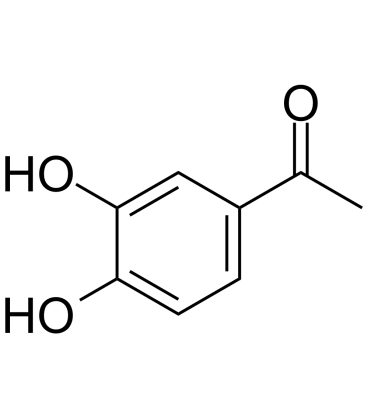
-
GC60023
3'-Deoxyuridine-5'-triphosphate
3'-Deoxyuridine-5'-triphosphate (3'-dUTP) is a nucleotide analogue that inhibits DNA-dependent RNA polymerases I and II.
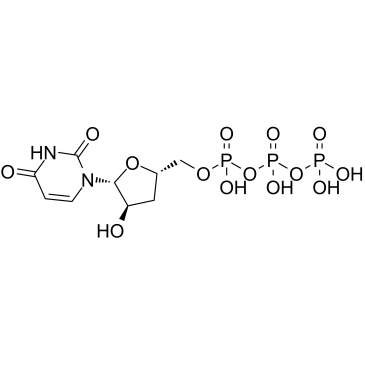
-
GC61862
3'-Deoxyuridine-5'-triphosphate trisodium
3'-Deoxyuridine-5'-triphosphate trisodium (3'-dUTP trisodium) is a nucleotide analogue that inhibits DNA-dependent RNA polymerases I and II.
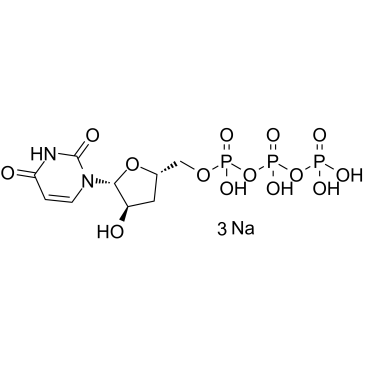
-
GC41480
3'-hydroxy Lidocaine
3'-hydroxy Lidocaine is an active metabolite of lidocaine formed by the cytochrome P450 (CYP) isoforms CYP1A2 and CYP3A4.

-
GC39611
3'-Hydroxy Repaglinide
3'-Hydroxy Repaglinide is a main CYP2C8 metabolite of Repaglinide.
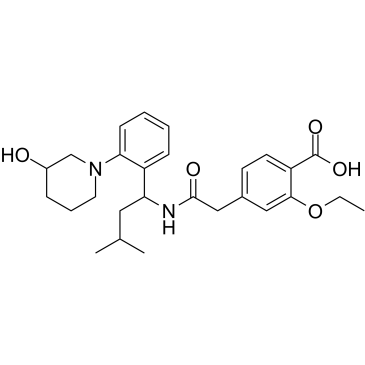
-
GC60500
3'-Hydroxy Repaglinide D5
3'-Hydroxy Repaglinide D5 is the deuterium labeled 3'-Hydroxy Repaglinide.
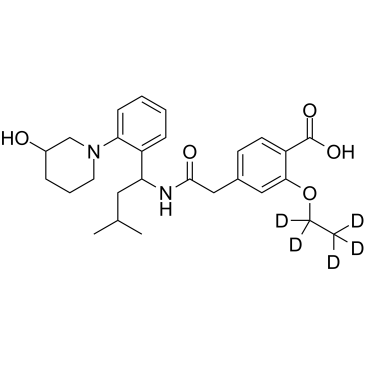
-
GC42201
3,3'-Diiodo-L-thyronine
3,3'-Diiodo-L-thyronine is a metabolite of thyroid hormone that is also known as T2 or 3,3'-T2.

-
GC60491
3,3-Dimethylglutaric acid
3,3-Dimethylglutaric acid, a member of methyl-branched fatty acids, is a endogenous metabolite occasionally found in human urine.
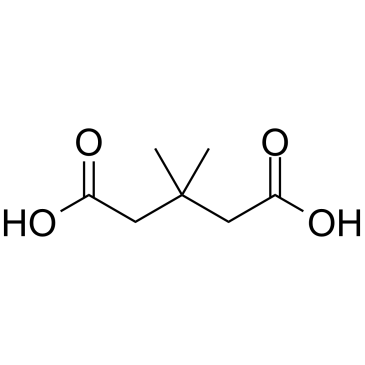
-
GC33703
3,4,5-Trimethoxycinnamic acid
3,4,5-Trimethoxycinnamic acid is a phenylpropanoid isolated from the roots of Polygala tenuifoliaWILLD, with anti-stress effect, prolonging the sleeping time in animals.
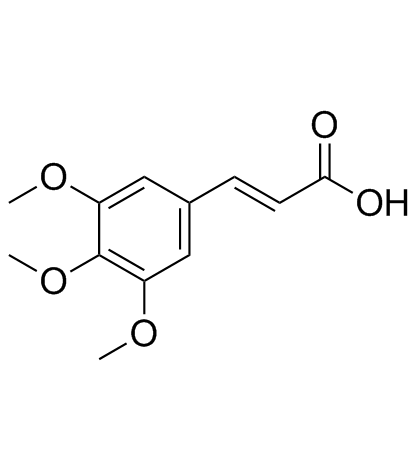
-
GC68082
3,4,5-Trimethoxyphenylacetic acid

-
GC39841
3,4-Dehydro Cilostazol
3,4-Dehydro Cilostazol (OPC-13015) is an active metabolite of Cilostazol.
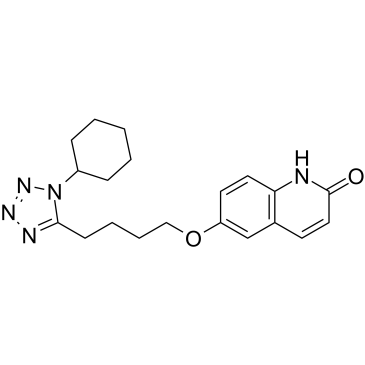
-
GC33649
3,4-Dihydroxybenzeneacetic acid
A dopamine metabolite
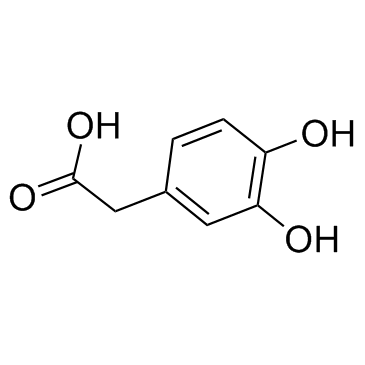
-
GC30146
3,4-Dihydroxymandelic acid
3,4-Dihydroxymandelic acid is a metabolite of norepinephrine.
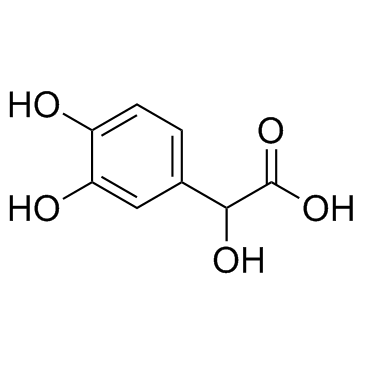
-
GC39777
3,4-Dimethoxyphenethylamine
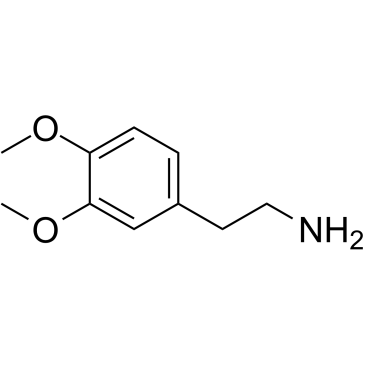
-
GC39327
3,4-Dimethoxyphenol
3,4-Dimethoxyphenol is a plant-derived phenylpropanoid compound and can use as a whitening agent in cosmetics.
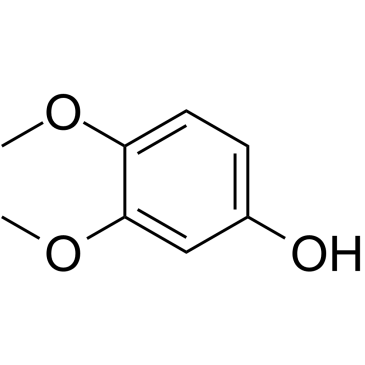
-
GC33615
3,4-Dimethoxyphenylacetic acid
3,4-Dimethoxyphenylacetic acid is a building block in the chemical synthesis.
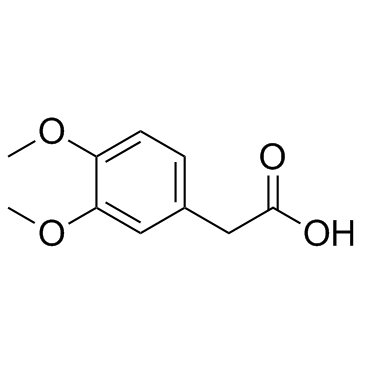
-
GC60497
3,5-Dihydroxyacetophenone
3,5-Dihydroxyacetophenone is an endogenous metabolite.
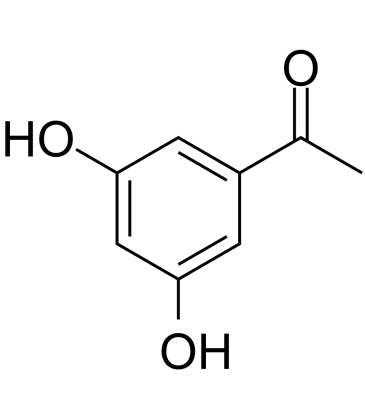
-
GC33817
3,5-Dihydroxybenzoic acid
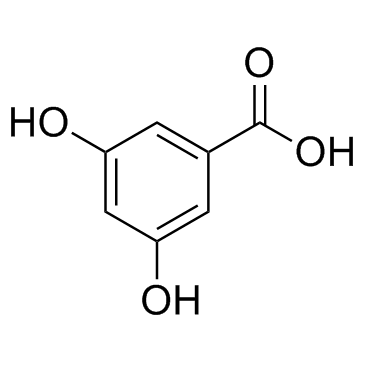
-
GC61716
3,5-Dimethylbenzaldehyde
3,5-Dimethylbenzaldehyde is a building block in the chemical synthesis.
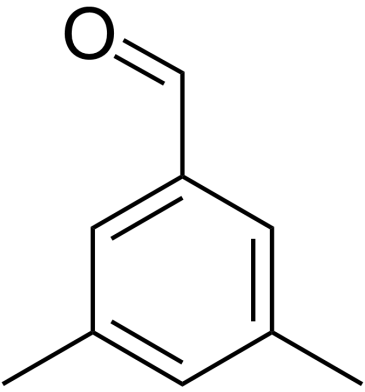
-
GC62788
3-(2,4-Dihydroxyphenyl)propanoic acid
3-(2,4-Dihydroxyphenyl)propanoic acid (DPPacid) is a potent and competitive tyrosinase inhibitor, inhibits L-Tyrosine and DL-DOPA with an IC50 and a Ki of 3.02 μM and 11.5 μM, respectively.
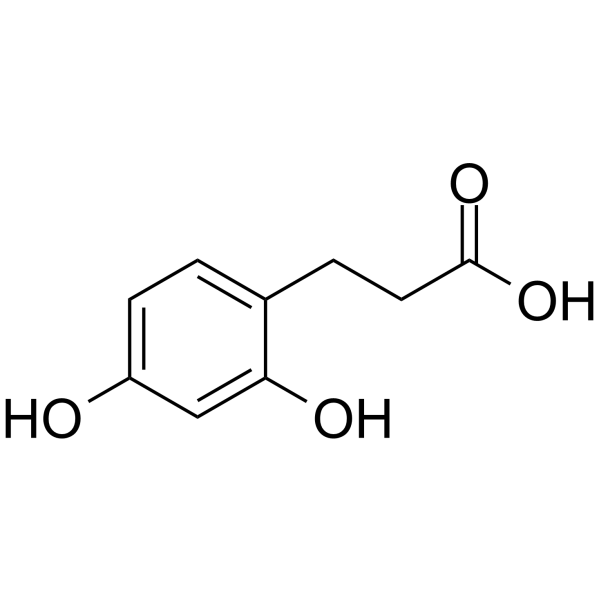
-
GC62789
3-(2-Hydroxyphenyl)propanoic acid
3-(2-Hydroxyphenyl)propanoic acid is an endogenous metabolite.
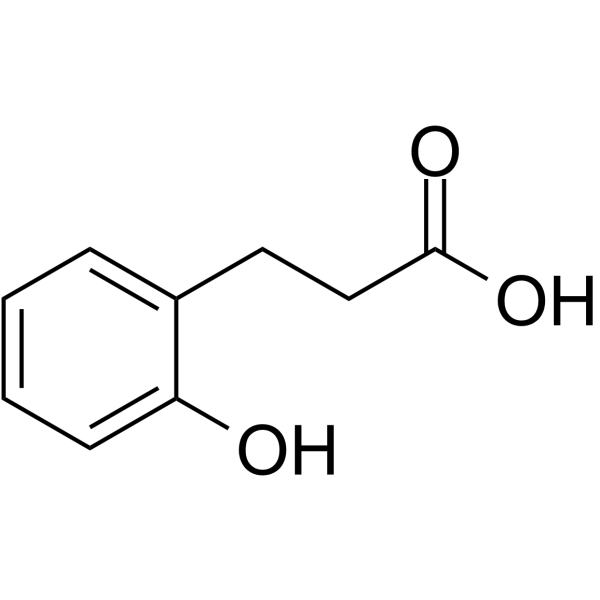
-
GC33618
3-(3,4,5-Trimethoxyphenyl)propanoic acid
3-(3,4,5-Trimethoxyphenyl)propanoic acid is found in herbs and spices.
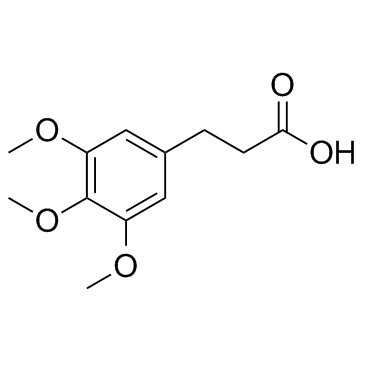
-
GC60488
3-(3-Hydroxyphenyl)propionic acid
3-(3-Hydroxyphenyl)propionic acid is a flavonoid metabolite formed by human microflora.
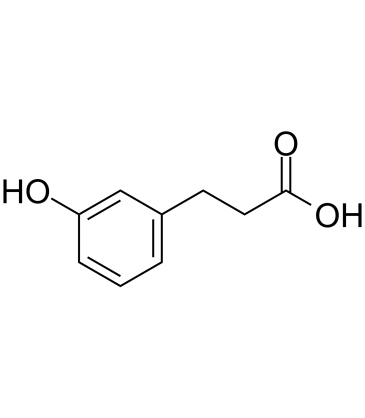
-
GC52324
3-(3-Hydroxyphenyl)propionic Acid sulfate
A metabolite of certain phenols and glycosides

-
GC31625
3-(3-Methoxyphenyl)propionic acid
3-(3-Methoxyphenyl)propionic acid is an organic acid, naturally occurring human metabolite and excreted in human urine.
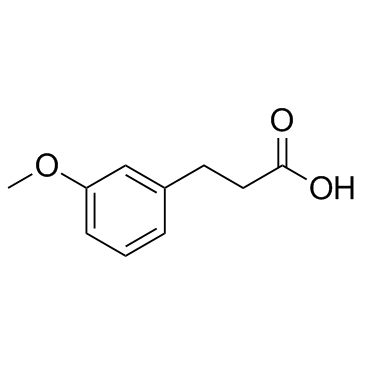
-
GC42198
3-(4-Chlorophenyl)-4-hydroxybutyric Acid (sodium salt)
An inactive metabolite of baclofen
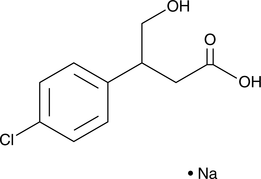
-
GC32943
3-(Methylthio)propionic acid (3-Methylsulfanylpropionic acid)
3-(Methylthio)propionic acid (3-Methylsulfanylpropionic acid) is an intermediate in the methionine metabolism.
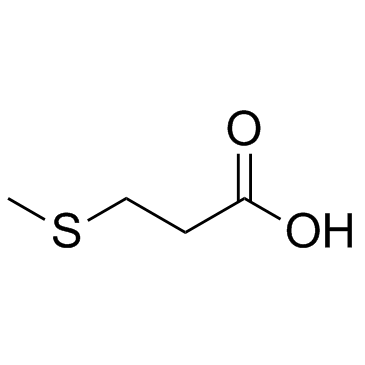
-
GC46583
3-Amino-2,6-Piperidinedione
An active metabolite of (±)-thalidomide

-
GC31569
3-Amino-2-methylpropanoic acid
3-Amino-2-methylpropanoic acid could induce browning of white fat and hepatic β-oxidation and is inversely correlated with cardiometabolic risk factors.
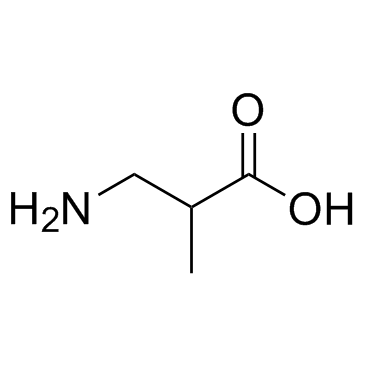
-
GC62793
3-Amino-2-oxazolidinone
3-Amino-2-oxazolidinone (AOZ) is the metabolite of Furazolidone.
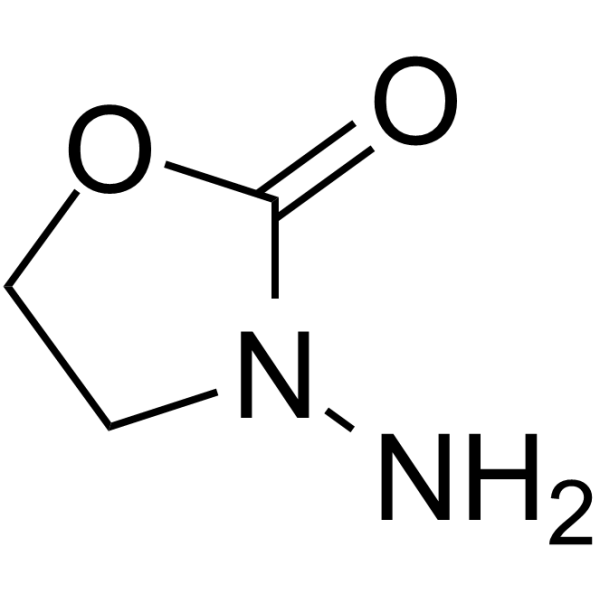
-
GC67902
3-Amino-2-oxazolidinone-d4

-
GC39688
3-Amino-2-piperidinone
3-aminopiperidine-2-one is a metabolite from all living organisms.
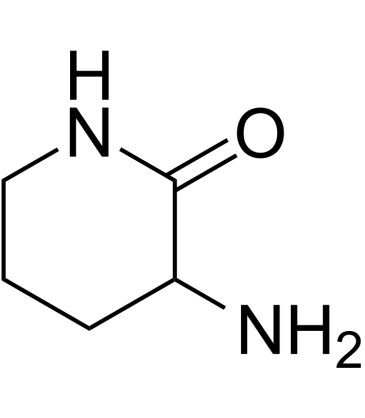
-
GC38293
3-Amino-4-hydroxybenzoic acid
3-Amino-4-hydroxybenzoic acid is an endogenous metabolite.
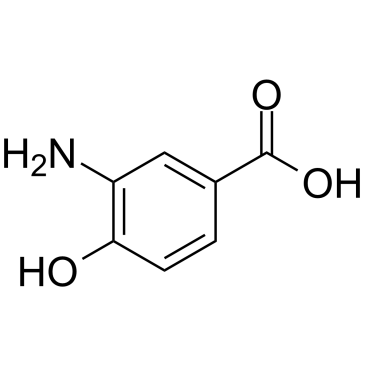
-
GC30719
3-Amino-4-methylpentanoic acid
3-Amino-4-methylpentanoic acid is a beta amino acid and positional isomer of L-leucine which is naturally produced in humans via the metabolism of L-leucine by the enzyme leucine 2,3-aminomutase.
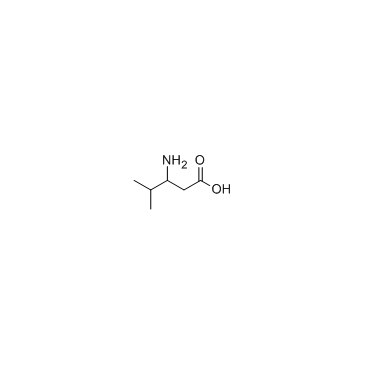
-
GC49849
3-Aminosalicylic Acid
A salicylic acid derivative

-
GC33631
3-Chloro-L-tyrosine
3-Chloro-L-tyrosine is a specific marker of myeloperoxidase-catalyzed oxidation, and is markedly elevated in low density lipoprotein isolated from human atherosclerotic intima.
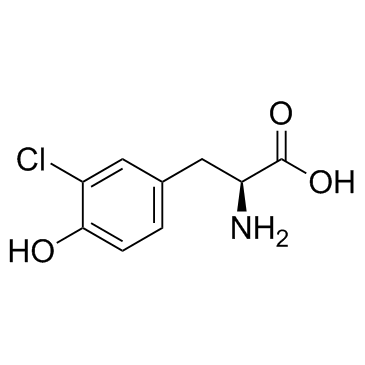
-
GC35106
3-Dehydrotrametenolic acid
3-?Dehydrotrametenolic acid, isolated from the sclerotium of Poria cocos, is a lactate dehydrogenase (LDH) inhibitor. 3-?Dehydrotrametenolic acid promotes adipocyte differentiation in vitro and acts as an insulin sensitizer in vivo. 3-?Dehydrotrametenolic acid induces apoptosis and has anticancer activity.
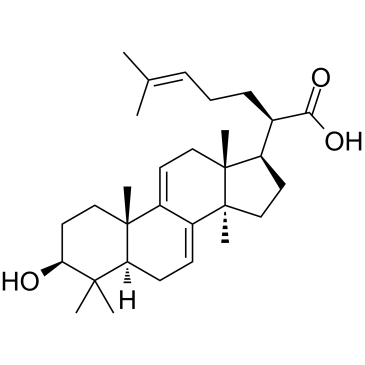
-
GC40743
3-deoxy Galactosone
3-deoxy Galactosone is a 1,2-dicarbonyl compound originating from the degradation of galactose.

-
GC35111
3-Epiursolic Acid
3-Epiursolic Acid is a triterpenoid that can be isolated from Myrtaceae, acts as a competitive inhibitor of cathepsin L (IC50, 6.5 μM; Ki, 19.5 μM), with no obvious effect on cathepsin B.
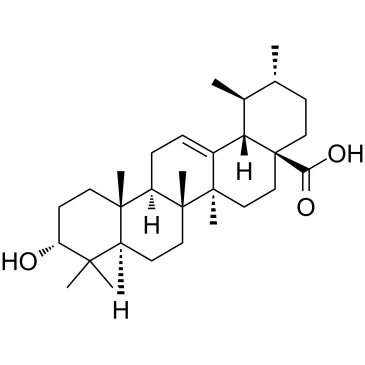
-
GC38257
3-Ethoxy-3-oxopropanoic acid
3-Ethoxy-3-oxopropanoic acid is an endogenous metabolite.
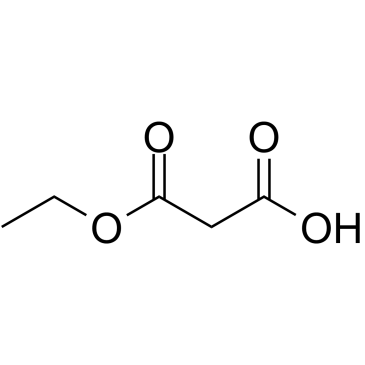
-
GC38368
3-Furanoic acid
3-Furanoic acid is an endogenous metabolite.
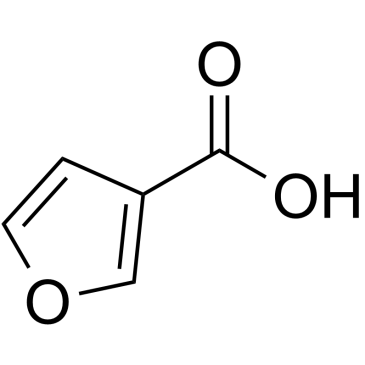
-
GC13377
3-hydroxy Anthranilic Acid
co-antioxidant
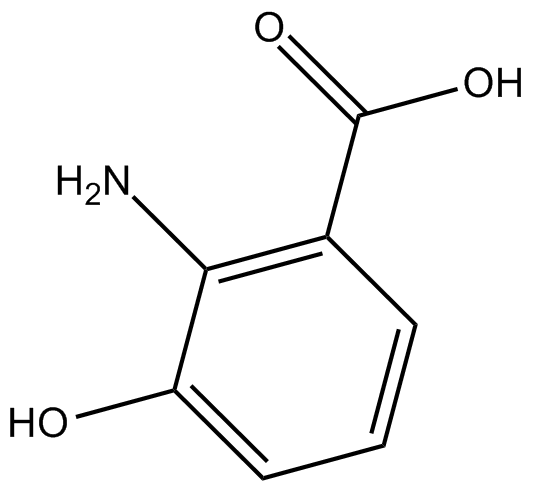
-
GC42274
3-hydroxy Darifenacin
3-hydroxy Darifenacin is a metabolite of darifenacin.

-
GC42275
3-hydroxy Desloratidine
3-hydroxy Desloratidine is a major metabolite of desloratadine , a tricyclic antagonist of the histamine H1 receptor.

-
GC41565
3-hydroxy Medetomidine
3-hydroxy Medetomidine is a metabolite of the α2-adrenergic receptor agonist medetomidine.

-
GC60501
3-Hydroxy-4-aminopyridine
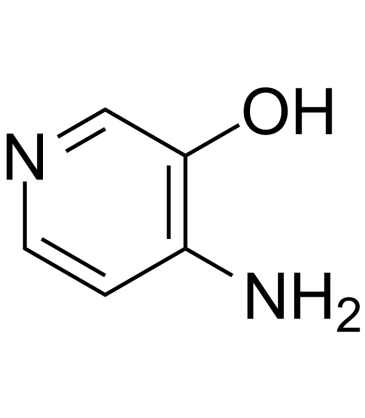
-
GC39328
3-Hydroxybenzaldehyde
3-Hydroxybenzaldehyde?is a precursor compound for phenolic compounds, such as Protocatechualdehyde.
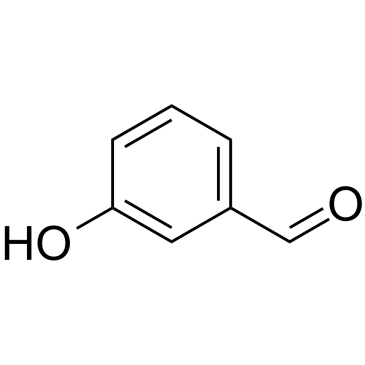
-
GC38669
3-Hydroxybenzoic acid
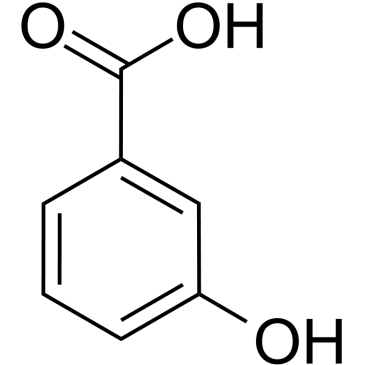
-
GC30616
3-Hydroxybutyric acid
An endogenous and specific inhibitor of class I HDACs
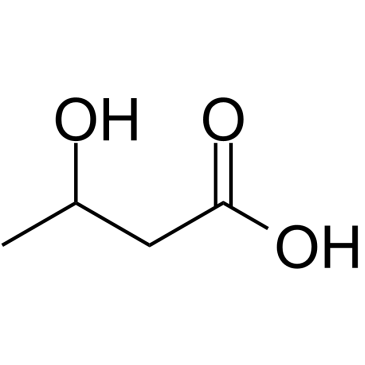
-
GC60502
3-Hydroxybutyric acid sodium
3-Hydroxybutyric acid sodium (β-Hydroxybutyric acid sodium) is a metabolite that is elevated in type I diabetes.
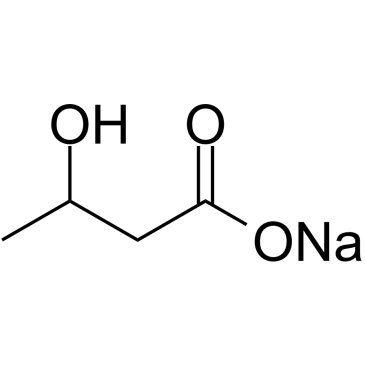
-
GC33383
3-Hydroxycapric acid
3-Hydroxycapric acid is an inhibitor for mitotic progression.
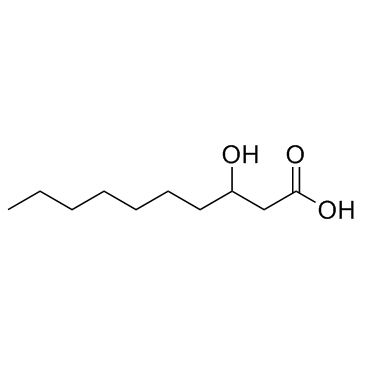
-
GC49364
3-Hydroxycoumarin
A coumarin with diverse biological activities

-
GC30642
3-Hydroxydodecanoic acid
A hydroxy fatty acid
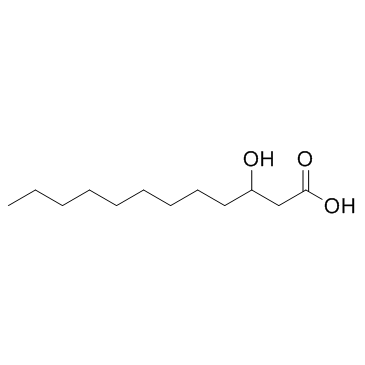
-
GC41477
3-Hydroxyglutaric Acid
Glutaryl-CoA dehydrogenase (GCDH) is a mitochondrial matrix protein that catalyzes the oxidative decarboxylation of glutaryl-CoA to crotonyl-CoA and carbon dioxide in the catabolic pathways of lysine, hydroxylysine, and tryptophan metabolism.

-
GC66424
3-Hydroxyglutaric acid-d5
3-Hydroxyglutaric acid-d5 is the deuterium labeled 3-Hydroxyglutaric acid. 3-Hydroxyglutaric acid is a glutaric acid derivative.
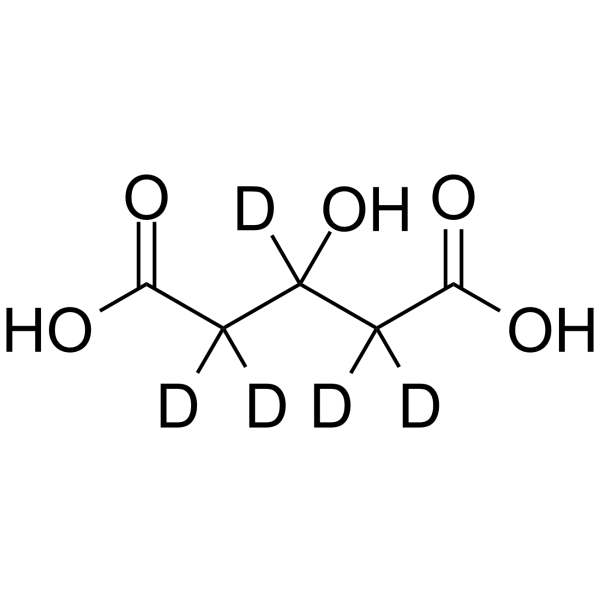
-
GC30603
3-Hydroxyhippuric acid
3-Hydroxyhippuric acid is an acyl glycine.
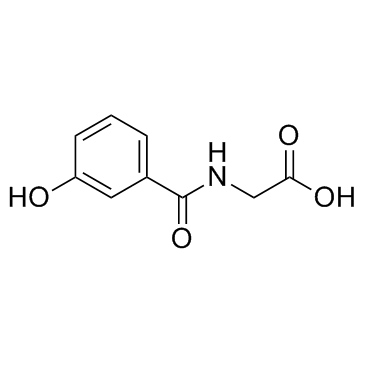
-
GC30660
3-Hydroxyisovaleric acid
An active metabolite of L-leucine
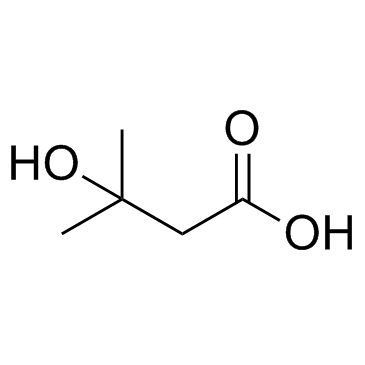
-
GC30638
3-Hydroxymandelic Acid
3-Hydroxymandelic Acid, a metabolite of Phenylephrine, Phenylephrine is a α-receptor agonist.
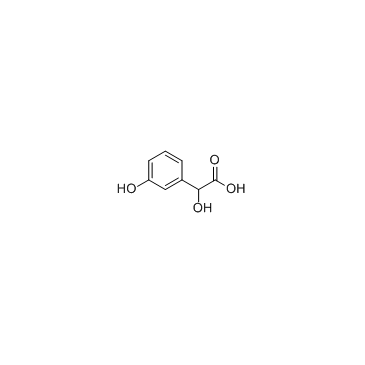
-
GC38269
3-Hydroxyphenylacetic acid
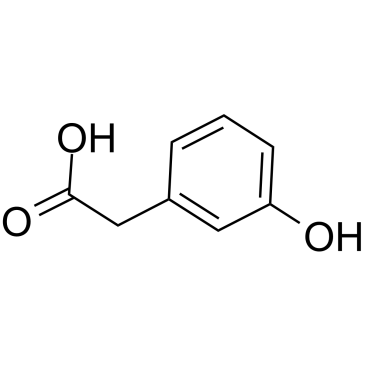
-
GC14549
3-Hydroxyphenylacetic acid
NULL
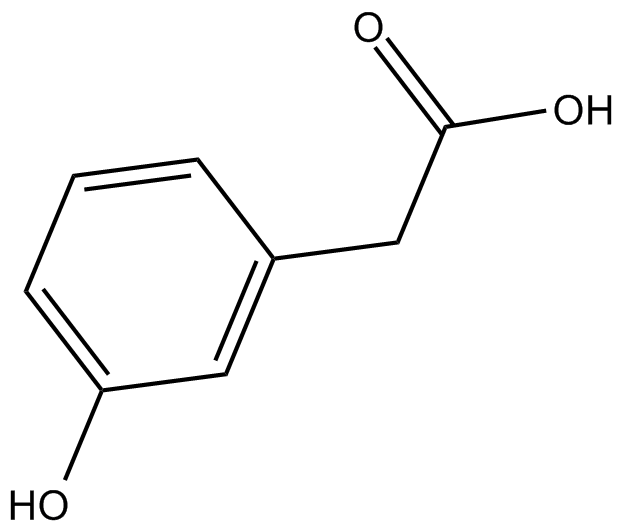
-
GC30636
3-Hydroxypicolinic acid (Picolinic acid, 3-hydroxy- (6CI,7CI,8CI))
3-Hydroxypicolinic acid (Picolinic acid, 3-hydroxy- (6CI,7CI,8CI)) is a picolinic acid derivative, and belongs to the pyridine family.
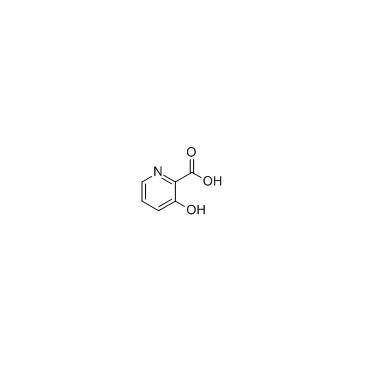
-
GC30729
3-Hydroxyvaleric acid
3-Hydroxyvaleric acid is a 5-carbon ketone body.
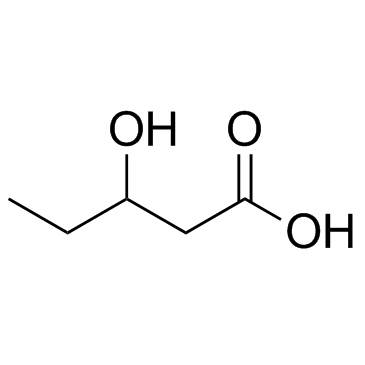
-
GC33436
3-Indoleacetic acid (Indole-3-acetic acid)
3-Indoleacetic acid (Indole-3-acetic acid) (Indole-3-acetic acid) is the most common natural plant growth hormone of the auxin class.
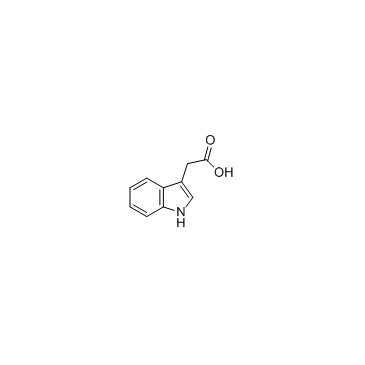
-
GC39778
3-Indoleacetonitrile
3-Indoleacetonitrile is an endogenous metabolite.
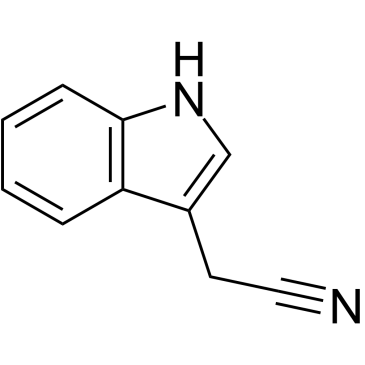
-
GC31290
3-Indolepropionic acid
A bacterial metabolite with antioxidant and neuroprotective activities
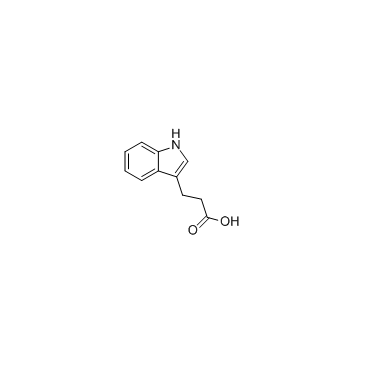
-
GC48457
3-keto Fusidic Acid
An active metabolite of fusidic acid

-
GC33653
3-Methoxybenzoic acid (3-Anisic acid)
3-Methoxybenzoic acid (3-Anisic acid) can be used in the synthesis of 3-methoxybenzoates of europium (III) and gadolinium (III).
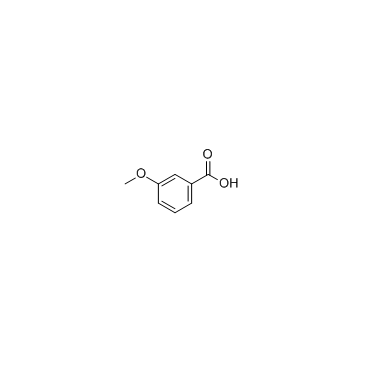
-
GC33739
3-Methoxytyramine (3-O-methyl Dopamine)
3-Methoxytyramine (3-O-methyl Dopamine), a well known extracellular metabolite of 3-hydroxytyramine/dopamine, is a neuromodulator.
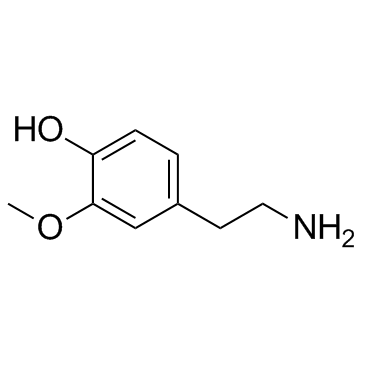
-
GC33738
3-Methoxytyramine hydrochloride (3-O-methyl Dopamine hydrochloride)
3-Methoxytyramine hydrochloride (3-O-methyl Dopamine hydrochloride) is an inactive metabolite of dopamine which can activate trace amine associated receptor 1 (TAAR1).
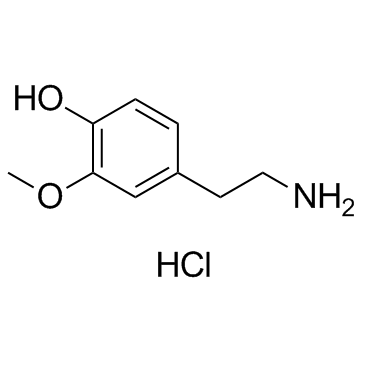
-
GC68324
3-Methoxytyramine-d4 hydrochloride

-
GC49869
3-Methoxytyrosine
An active metabolite of L-DOPA

-
GC39690
3-Methyl-2-buten-1-ol
3-Methyl-2-buten-1-ol is an endogenous metabolite.
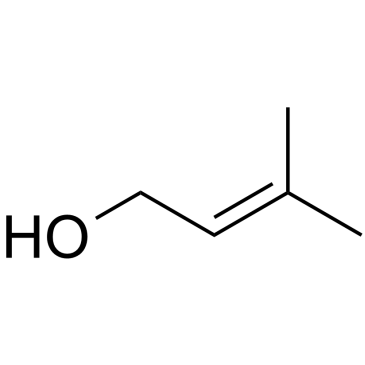
-
GC39846
3-Methyl-2-cyclopenten-1-one
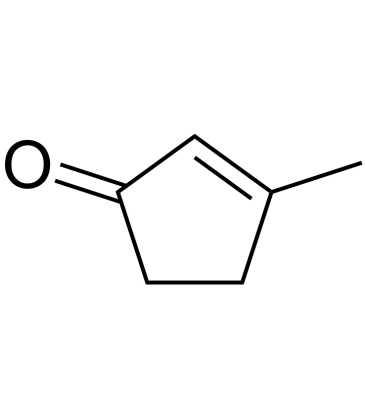
-
GC19716
3-methyl-2-oxobutyrate
3-methyl-2-oxobutyrate is a precursor of pantothenic acid in Escherichia coli.
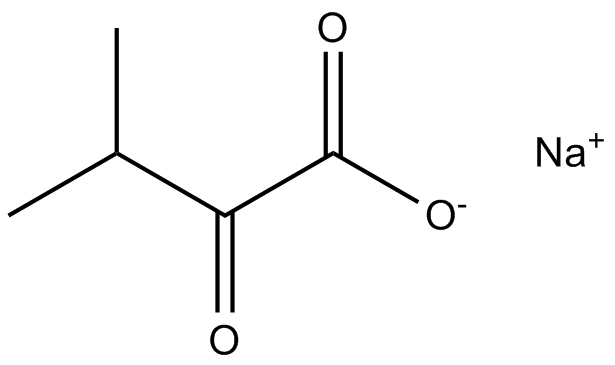
-
GC30593
3-Methyl-2-oxovaleric acid
3-Methyl-2-oxovaleric acid is a neurotoxin, an acidogen, and a metabotoxin, and also an abnormal metabolite that arises from the incomplete breakdown of branched-chain amino acids.
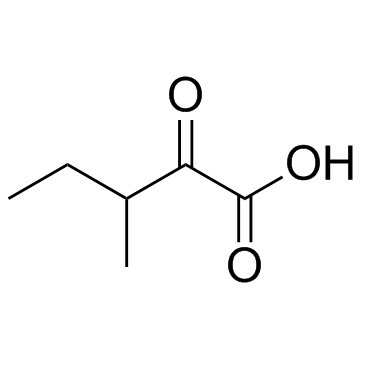
-
GC31535
3-Methyl-L-histidine
An amino acid
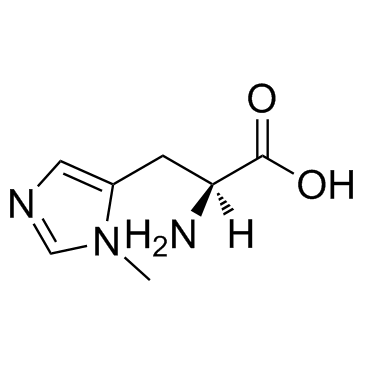
-
GC10710
3-Methyladenine
3-Methyladenine is a classic autophagy inhibitor.
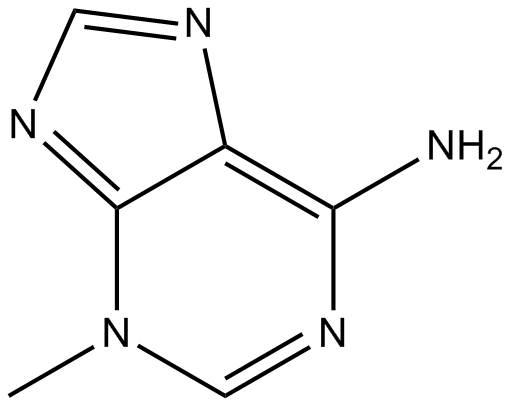
-
GC31546
3-Methyladipic acid
3-Methyladipic acid is the final metabolite in the ω-oxidation pathway.
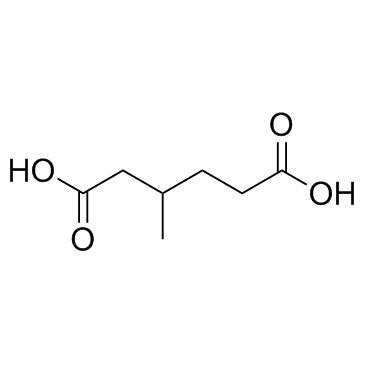
-
GC38360
3-Methylbut-2-enoic acid
3-Methylbut-2-enoic acid is an endogenous metabolite.
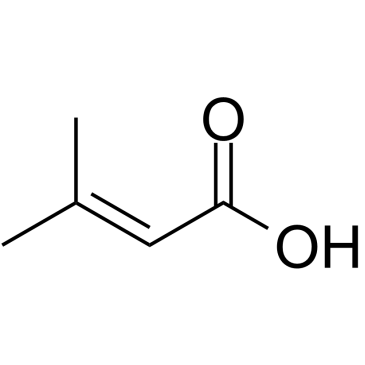
-
GC31595
3-Methylbutanoic acid
3-Methylbutanoic acid is a natural fatty acid and known to effect on neonatal death and possible Jamaican vomiting sickness in human.
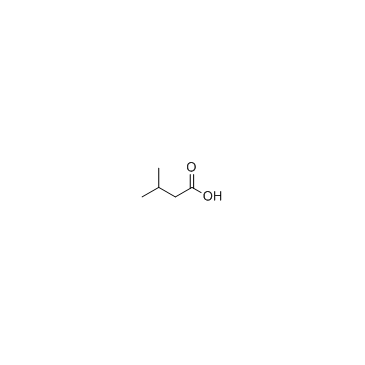
-
GC18628
3-Methylcrotonyl Glycine
3-Methylcrotonyl glycine (3-MCG) is a metabolite found in the urine of patients with 3-methylcrotonyl glycinuria, a metabolic disorder characterized by a deficiency in 3-methylcrotonyl-CoA carboxylase, that has diverse biological activities.
